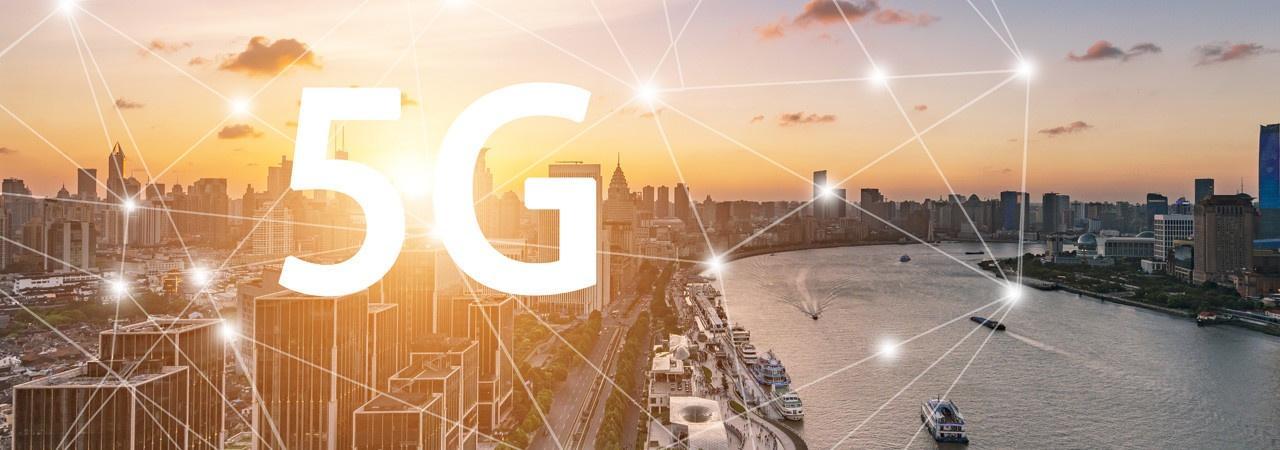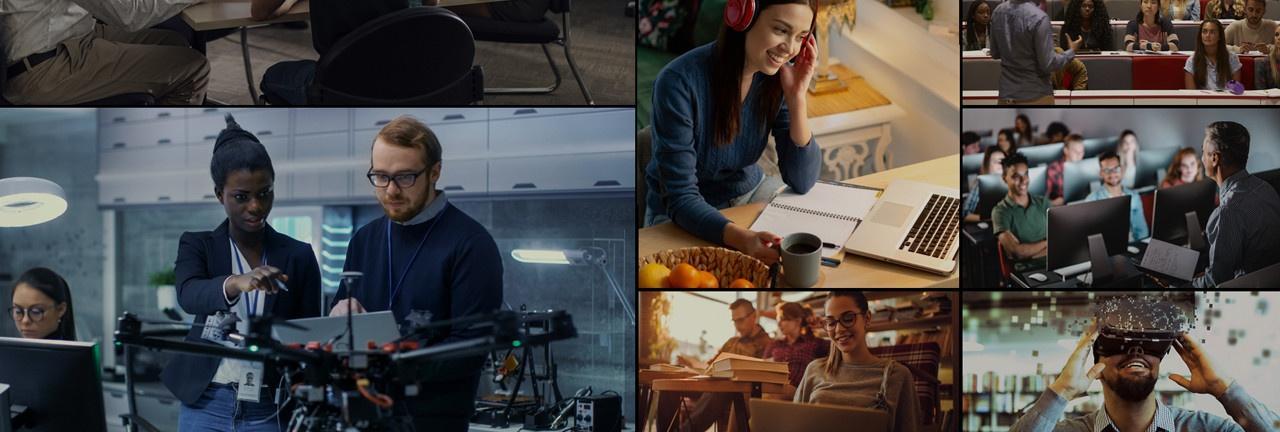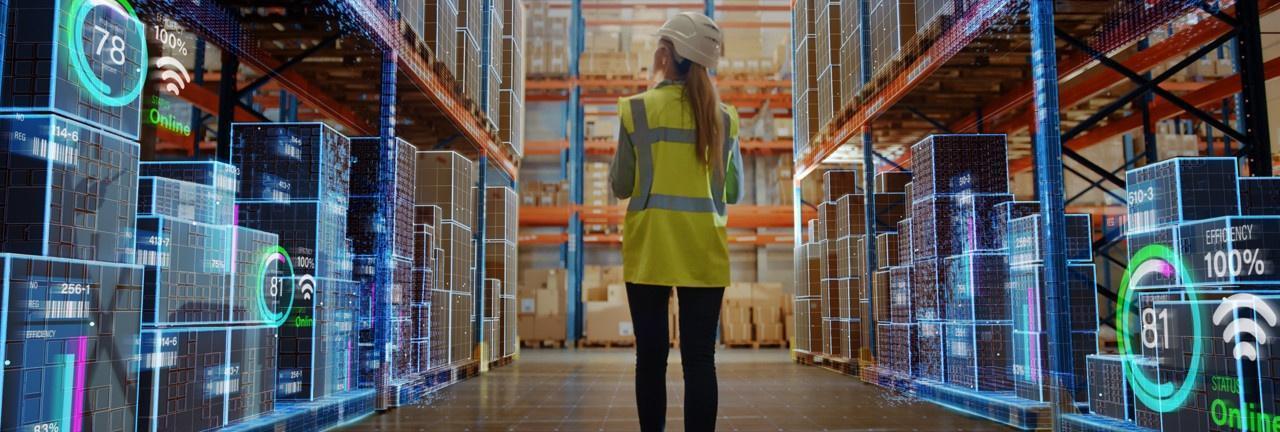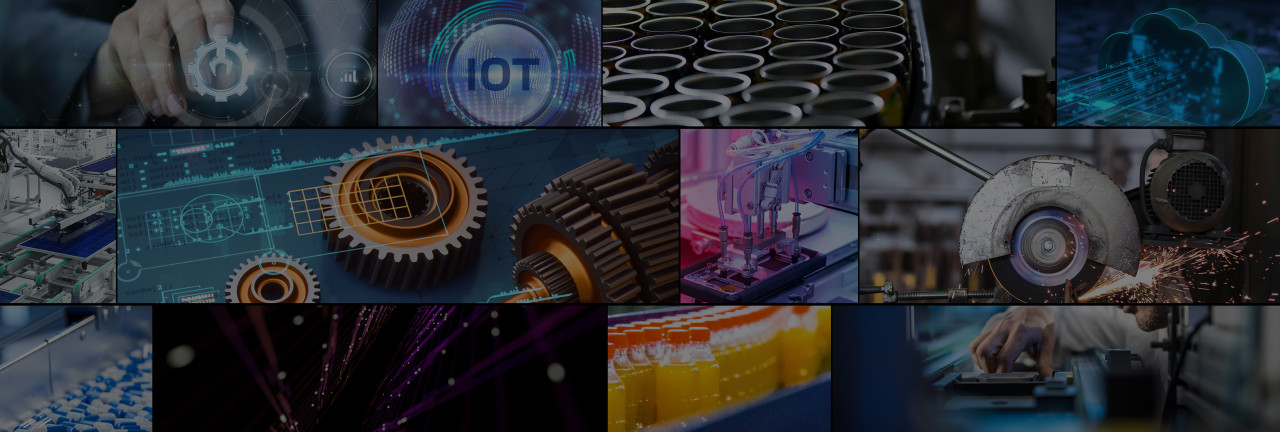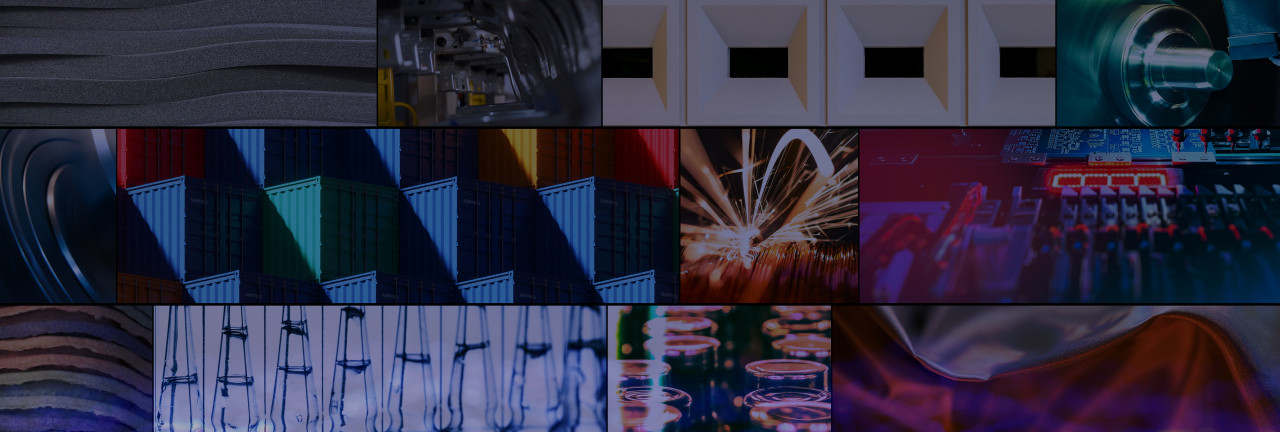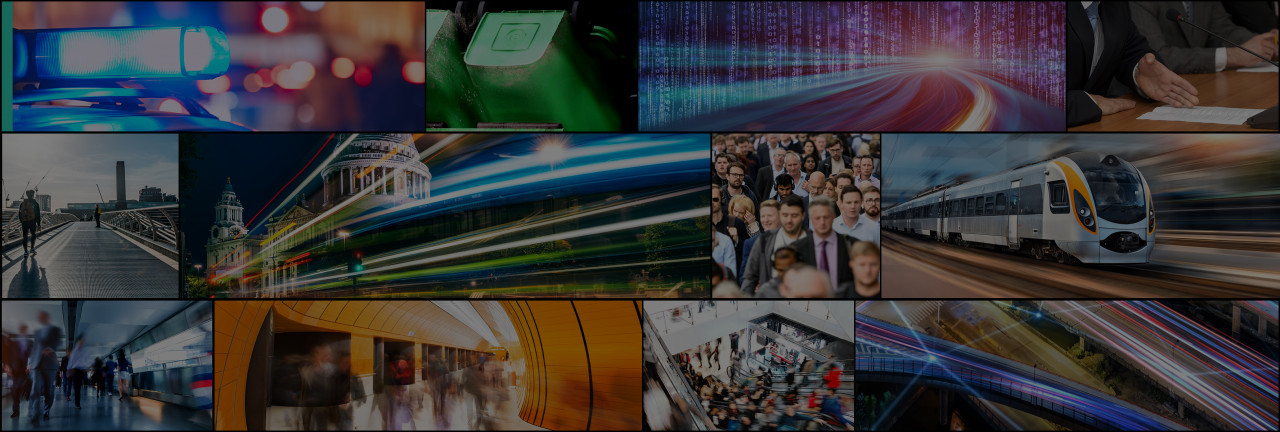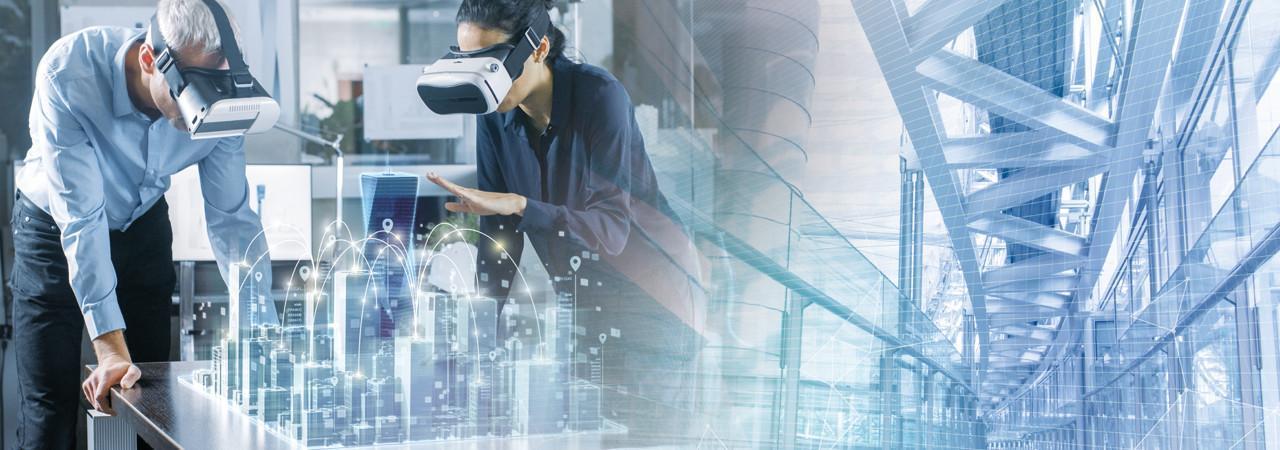Our Public Sector Director Afshin Attari recently sat down with Innopsis's Lynne Magennis and Michael Bowyer for a roundtable discussion on frameworks in the Public Sector.
The past few months have certainly been challenging for businesses all over the UK - from start-ups to established industry leaders. Organisations have found themselves adapting to the demands of a remote workforce virtually overnight, deploying communications solutions to enable their teams to engage with both each other and their customers. While it's true that this technology has been available for a while now, it has never been deployed at this scale before. This has presented a range of challenges when it comes to infrastructure, but these are only part of the picture.
Cloud adoption has been rising year by year for some time now, with Gartner predicting this trend to accelerate beyond 2020. It has long moved on from its earliest days, where it was largely regarded as an intriguing concept but unsuitable for enterprise-level applications. Now, with a wide range of options available - including Public, Private and Hybrid solutions - it has become a highly attractive prospect for organisations at all levels, especially against the backdrop of COVID-19 and the resulting advancement of remote working. While these trends are very much the latest stage in a long process of transformation, the pandemic has undoubtedly been the catalyst behind much recent Cloud adoption, as organisations accelerate their journeys towards a distributed workforce.
So, where does that leave us in terms of the biggest question: "Is Cloud right for my organisation?"
Over the past few months, video calling has exploded in both our personal and professional lives. We not only rely on regular calls to stay connected with our loved ones during this time of lockdown, but have come to depend on it as a primary mode of communication at work, in order to maintain the same standards of collaboration and interaction that we experienced in the office. Indeed, the number of people using video calling on a regular basis has increased by 87% over the past two years[1], and shows no sign of slowing down.
The level of performance and resilience organisations demand from their networks has increased several-fold in the wake of COVID-19. The rapid transition to a fully distributed workforce has not only placed considerable demands on networks in terms of raw performance, but also the resilience needed to adapt to the unexpected with minimal disruption to data security, internal processes or the customer and user experience.
While we have certainly seen some considerable successes in this area, there is still work to be done if this new way of working is able to provide companies with the agility, security and scalability they need to adapt and thrive going forward.
Technology is omnipresent in young people's lives and is opening up new channels of learning across the education sector, with pupils, students and staff utilising Cloud and video calling platforms both in and out of the classroom.
At the same time, cyber security is evolving at a rapid pace to answer ongoing concerns about pupils' safety online and the integrity of confidential data - concerns that have become even more critical with the move towards remote learning and virtual classrooms. Our full range of solutions provides schools, colleges and universities with the means to ease this transition to new ways of learning, ensuring IT infrastructure continues to put learning at the centre of everything, while meeting all compliance requirements and enabling more effective use of the available budgets.
Please explore these case studies for examples of what we have already achieved for customers across the education sector, helping them sustain their profitability and growth while keeping the learning experience at the centre of everything.
Any organisation delivering professional services of any sort - from architecture and accountancy to engineering or recruitment - relies on its IT infrastructure to maximise employee performance, engage with customers, and deliver exceptional services and solutions. There are a number of challenges here.
Compliance requirements, particularly around how customer data is handled, are becoming increasingly complex, which means infrastructure must be designed from the ground up with compliance in mind. Furthermore, the transition to a distributed workforce has forced many organisations to rapidly adopt new tools for communication and collaboration, between both employees and customers.
Exponential-e understands these challenges, and works closely with companies around the UK to deliver innovative solutions that allow them to focus on their services, solutions and customers rather than their IT.
When it comes to building brand loyalty, customers increasingly expect the retailers they shop from - whether that's online, in person, or via click-and-collect - to demonstrate tangible efforts to operate in an ethical, sustainable, and environmentally friendly manner in everything they do.
The past few years have been challenging for the global Manufacturing sector, with both Brexit and COVID-19 creating a wide range of operational disruptions whose impact is still being felt. Indeed, as recently as January 2023, we saw UK manufacturing shrinking for the sixth consecutive month1.
Manufacturing workflows are evolving at an unprecedented rate, and the trend shows no signs of slowing down. The increasing effectiveness and affordability of 'smart' technologies and the Internet of Things means IT and OT are increasingly interconnected, with increasing volumes of data flowing between sites and devices on an ongoing basis.
Like many fixtures of our lives, Britain's pubs were heavily impacted by COVID-19, with their familiar patrons unable to come in for a post-work drink, or meet with friends at the weekend. But while it was undoubtedly a difficult period for the industry as a whole, this great British institution did as it has always done, and adapted to suit its patrons' evolving requirements.
The Retail sector is more diverse, dynamic, and rapidly changing than any other time in its history. This not only encompasses the way customers make their purchases – with online shopping, click-and-collect, and in-person shopping all converging to offer true, end-to-end experiences – but also the way retailers open and operate new sites. Whether this means trendy pop-up shops, kiosks at other brands' locations, or booths at events, retailers from up-and-coming start-ups to global leaders are no longer relying on fixed high-street locations to welcome their customers and put their wares on display, instead making sure they are present wherever their ideal customers are, and fully prepared to offer a world-class experience that builds brand recognition and loyalty.
With fundamental shifts in consumer behaviour, changing economic conditions, and a rapidly evolving regulatory environment, it's a challenging but exciting time for the UK's retail sector, and technology has a key role to play. In particular, advances in IT and networking solutions are empowering retailers to enhance their operational efficiency, improve the customer experience, and retain their competitive edge in an increasingly online and interconnected world.
Although digital transformation amongst Legal firms has typically been comparatively slow compared to other sectors, the journey has picked up speed over the course of the last decade.
Policymakers have now recognised that world-class digital connectivity and fast internet connections are as essential to the future of the society now as ports, railways, airports, and highways were throughout the last two centuries. Those systems transformed the way people lived and worked, irrevocably changing human conceptions of distance, speed, and time.
Software Defined WAN, or SD-WAN for short, is the new big thing in business networking. Everybody's talking about SD-WAN, and about what it can do for businesses. Well, there's no doubt that SD-WAN can do a lot for your business; in fact, we'll be talking about exactly that in part 2 of this 3 part blog series. But before we do that, we need to talk about what SD-WAN can't do. Right now there's a popular misconception among businesses concerning SD-WAN - a misconception fed and sustained by headlines and marketing hype - that could lead them to take damaging shortcuts in incorporating SD-WAN into their business.
These state-of-the-art technologies are being used by architects to effortlessly showcase realistic project images to potential clients and stakeholders, enabling the latter to make any changes they want and give feedback on designs (or approval) in no time.
But VR / AR / MR is just the latest flowering of Digital Transformation (DX) to be adopted by the industry - and depends upon the same underlying technology.
Digital transformation: opportunities and challenges
By nature, architecture is an industry defined by evolution, so its early adoption of DX should come as no surprise. In firms across the world, the design process has moved away from drawing boards and tracing paper towards computers. In turn, clients have become more demanding, making collaborative simulation and visualisation a key - almost compulsory - part of the design process.
Consequently, computers have had to become more powerful and graphics greatly improved to keep up with the rendering requirements; architects also require access to a centralised graphic store, and this access similarly requires a lot computational and networking power.
The Fourth Transformation: opportunities and challenges
As the Fourth Transformation takes hold - bringing forth advances in VR / AR / MR - technology is becoming increasingly immersive and collaborative. For the architecture industry, this means that seamless cloud-based collaboration between contractors, engineers and architects is both possible and highly desirable.
Such collaboration entails not only simple file transfers and data conversion but also, increasingly, the embedding of VR / AR / MR into business operations. The popularity of such technology has risen in the sector, thanks to its emerging value as an educational tool.
However, this brave new world of unified communications and virtual desktop infrastructure is powerless without the right network. Across the industry, gigabit requirements are becoming the norm; by contrast, only three years ago, 100mb would often suffice. In a bandwidth-hungry digital landscape, the network is the cloud - so it's easy to see why a cloud can only be as good as the network it traverses.
Conclusion
By harnessing the power of cloud computing and a robust, reliable network in tandem, architecture firms can set themselves apart from their competitors and respond super-fast to those last-minute emergency requests that can suddenly arise from contractors all over the world. By partnering with the right supplier as well, firms can stop worrying about business continuity, getting back up and running if their systems fail.

